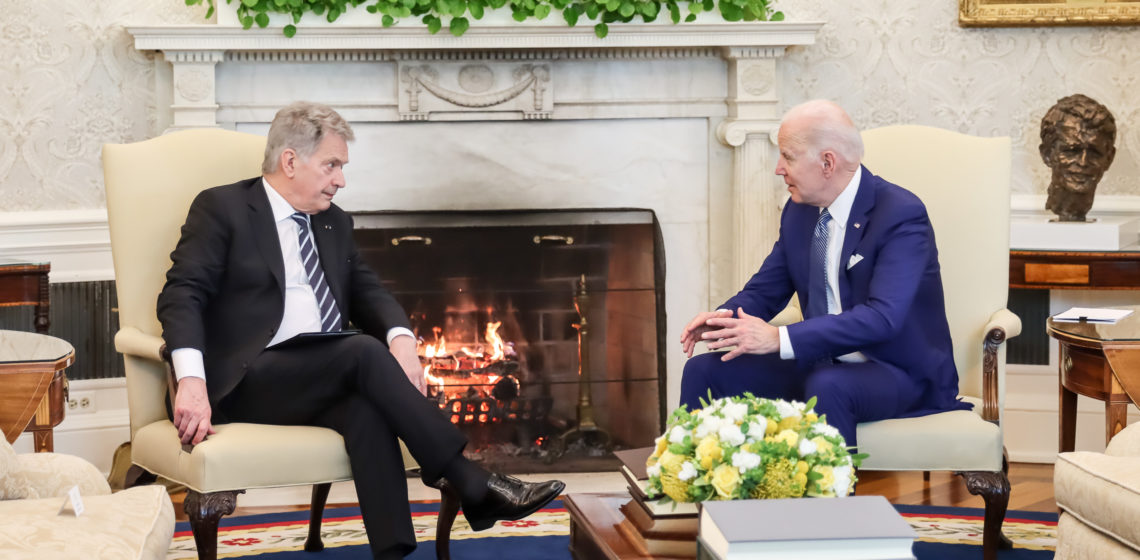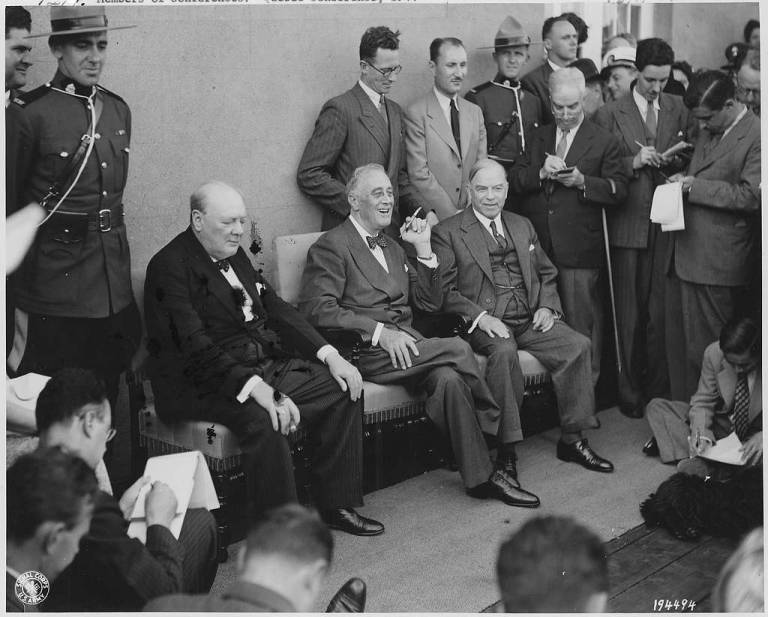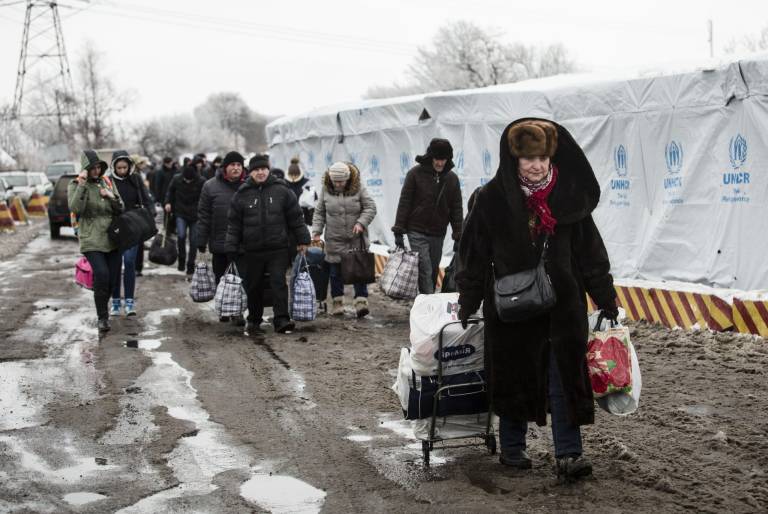Finnish President Sauli Niinistö met with President Joe Biden at the White House on 3/4/2022, where they agreed to strengthen bilateral U.S.-Finnish cooperation also in energy security. According to the readout from the White House: ”The Presidents committed to start a process that would strengthen U.S.-Finnish security cooperation, which would be conducted in close consultation with other Nordic countries, … they discussed energy security and efforts to address climate change.”
The words here are very carefully selected, and therefore one should note how the word ’security’ is mentioned twice, but only with ’energy security’ it has been given a context. Now this is important, because here is a key that can open the logistical stalemate threatening Finland, if Russia turns off the gas to Europe.
Energy security has become an issue of highest priority for the European Union (EU) due to on-going war in Ukraine. Europe is dependent on Russian energy exports, which reflects in the economic sanctions against Russia – two of the three largest Russian banks, Sperbank and Gazprombank, were left unaffected. Russia supplies 40% of the European consumption of natural gas, 27% of its crude oil, and 47% of its coal needs. Last Friday, leaders of the EU drafted the Versailles’ Declaration for rapidly phasing out dependency on Russian oil, gas and coal.
Reuters reported an unnamed EU-official saying that at the meeting some countries wanted to phaseout now, while others by 2027 and others by 2030. Thus ’rapid phaseout’ could mean a timescale up to eigth years. This reveals the seriousness of the situation, because if Russia decides to stop energy exports as a counter-sanction – which is now a conceivable risk – it will happen more likely within months than years.
The geopolitical position of Finland, at the endpoint of every western logistical route, becomes very vulnerable in such a scenario. Railroad cars and freight trucks cannot reach Finland from the West, only container ships and cargo ferries can, through the Baltic Sea.
The geopolitical position of Finland, at the endpoint of every western logistical route, becomes very vulnerable in such a scenario. Railroad cars and freight trucks cannot reach Finland from the West, only container ships and cargo ferries can, through the Baltic Sea. Under normally operating markets, the Russian energy imports to Finland could easily be replaced by western energy supplies, but we already saw with mask supplies what happened to the markets when there is much more demand and supply. At the beginning of the Covid-19 pandemic, masks coming to Finland were bought by somebody else en route. In crisis, the national interests prevail over EU-solidarity, and indeed the energy sector in the European Union will be in crisis, if Russian exports stop abruptly.
As one element of the strengthening bilateral cooperation agreed by the Presidents, Finland needs U.S. Government backed energy shipments directly from North America. This would mean buying liquefied natural gas (LNG), uranium fuel for nuclear power plants, coal, and crude oil for Neste refinery in Porvoo.
Such a clearly defined and temporary arrangement would take place only until Finland has become carbon neutral, which according to Finnish goverment programme, is taking place by 2035.
In addition to these shipments, energy efficiency has to be enhanced, and concrete energy saving measures taken, both already necessitated by the skyrocketing energy prices. In ships returning to the U.S., Finland can bilaterally export uranium ore from Talvivaara mine, where annual yield is 250 tons, along with high quality wood pellets and other wood products, and industrial chemicals, for example. Finland also has Europe’s most significant lithium reserves, amounting up to 20 percent of the global reserves, of this indispensable element for electric car batteries. Finnish mining company Keliber Oy is starting production of battery-grade lithium from these reserves by 2024. And then Umicore Oy in Kokkola, Finland, has the the biggest cobalt refinery in the world outside of China, with an annual production of 10,000 tons, or 10 percent of global cobalt production, again an element necessary for lithium batteries. It should be noted in this context that Finland and Sweden together control almost 80% of the market for underground mining equipment, globally.
In any case, these energy shipments to Finland will be needed, either from the East or the West, and since the Presidents agreed to this process, the rest is just negotiation with the American Three-Letter Agencies. It would also strenghten the stability and security of the whole northern Europe around the critically important Baltic Sea region.
Even if the energy crisis in Europe wouldn’t materialize in total extent, why not take the advantage to enhance energy security with a concrete bilateral deal? In any case, these energy shipments to Finland will be needed, either from the East or the West, and since the Presidents agreed to this process, the rest is just negotiation with the American Three-Letter Agencies. It would also strenghten the stability and security of the whole northern Europe around the critically important Baltic Sea region. The decision by the U.S. to sell new F-35 fighter jets to replace Finland’s ageing F-18 fleet shows their great commitment to the region, but those fighters need fuel to operate. Finland’s way to survive the possible escalation of European energy crisis should be considered carefully, yet without hesitation.






